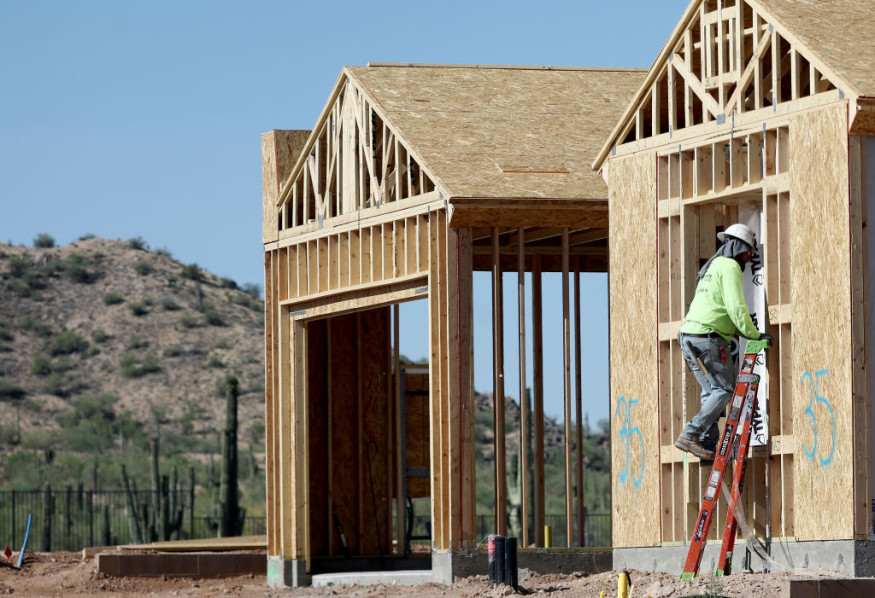
The Federal Reserve last week cut its interest rate, a move that could send mortgage rates lower and give homebuyers more buying power. However, the rate cut is unlikely to solve the deepening housing affordability crisis in the United States.
The Fed cut its interest rate by 0.50% during its Sept. 18 meeting. The central bank also signaled the possibility of more cuts by the end of the year. Experts believe mortgage rates would likely fall by a half-percentage-point as well. Already, the contract rates for the 30-year and 15-year terms have fallen to 6.09% and 5.15%, respectively, according to data from Freddie Mac.
While falling mortgage rates will offer relief to Americans, it will also bring more buyers back to the market. This sudden rise in demand will put pressure on a market already struggling with a shortage of homes, which could lead to higher prices.
"This is a chronic, slow-growing crisis over decades that became an acute crisis during Covid," Shaun Donovan, former US Secretary of Housing and Urban Development, told CNN.
US Home Affordability Crisis
The median sale price of homes across the country climbed to a record high of $442,000 in July, growing 4.0% year-over-year, per Redfin. Prices have softened to $433,229 in August, but that is still 3.1% higher than last year.
READ ALSO : Is the American Dream Impossible? 60% of Americans Say They Don't Feel Capable of Owning a Home
To resolve the crisis, experts at Enterprise Community Partners estimated that the US would need at least seven million new units to stabilize the housing market. However, homebuilders face plenty of challenges, including a shortage of workers, the cost of regulations, expensive building materials, and zoning restrictions.
Federal Reserve Chair Jerome Powell also echoed concerns about the housing shortage in the US, adding that the central bank's interest cut would not fix the market's lack of supply.
Fewer Sellers
In addition to fewer homes being built, the shortage is also brought about by a "lock-in effect." This occurs when homeowners are reluctant to sell their homes due to unfavorable economic conditions, including high mortgage interest rates. Often, homeowners are reluctant because they secured a much lower interest rate than current mortgages. More than half of the 50.8 million active mortgages in the US have interest rates below 4%, the Consumer Financial Protection Bureau reported.
Furthermore, 54% of baby boomers said they never plan to list their homes.
© 2025 Realty Today All rights reserved. Do not reproduce without permission.



